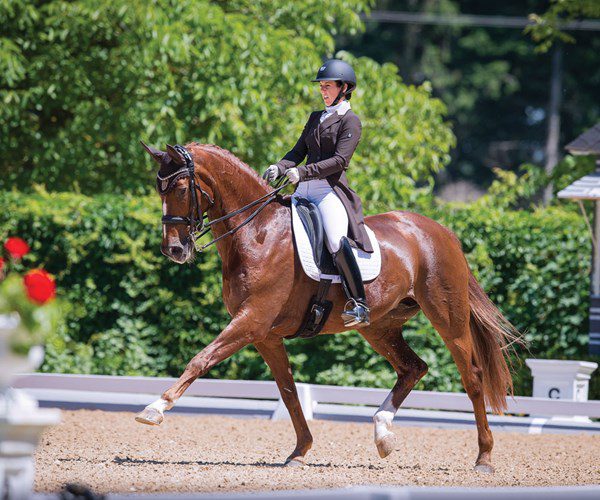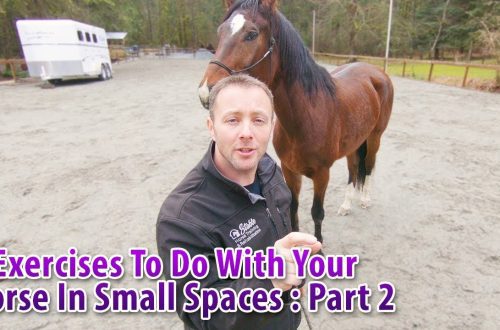
At the trot: sitting or lightening up?
At the trot: sitting or lightening up?
The main question we should ask ourselves when training a horse is how can we improve the horse’s body, fitness and physical condition? holding in mind this question, let’s discuss what kind of landing we should choose at the trot? Training or combat?
Some disciplines of equestrian sport prefer one seat over another, but regardless of tradition or the requirements of the sport, we need to consider the impact of our exposure on the horse’s body.
What can be said if we simply turn to experience and observations? The backs of too many horses suffer from too much training trot. The backs of ordinary horses, with which ordinary, average riders work.
For some reason, many trainers working with beginners or not yet very experienced riders (those whose horses suffer the most from their still not very stable posture) do not take into account that it is possible to positively work on the movements of the horse and the development of its muscles at the posting trot. .
American scientists, in collaboration with scientists from Holland, have recently confirmed this fact. In their research, they used motion analysis cameras and saddle pads that measured the pressure of the rider’s weight. Despite the fact that there was some pressure on the back of the horse working under the rider in any case, in cases where the trot was at the post, the pressure was much lower than when it was training. When riding in a two-point landing, the pressure was even less. The general conclusion was that the training trot puts the most pressure and influence on the horse’s back, while the rising and lighter versions of the trot are much more comfortable for the horse.

In addition, the same researchers found that the horse’s back stretches more (vertebrae move apart) when the rider is seated in a training position. When riding at a posting trot, the back is rounded. These results confirm the long held belief of many groomers that posting trot is much better for the young horse’s back – it allows him to round (the vertebrae move closer). However, the posting trot should not be reserved for young horses.
Based on research, we can conclude that even a well-muscled and mature horse is useful to work in a posting trot – this allows us to round his back and take pressure off him.
Of course, the training trot imposes a payload on the horse. Among other things, it develops and improves the skills of the rider. But it is desirable to alternate it with reprises of work on the drill. This will keep your gaits and movements fresh and energetic, and avoid overstressing your horse’s back or enslaving his musculature under constant pressure.
It is interesting to note that preliminary studies have also shown that the overall range of the horse’s lateral bend is greater in the posting trot than in the training trot. Further research is needed in this direction, but at this point we can tentatively say that by working the posting trot on lateral movements, we can gain benefits both for ourselves and for our horse.
I’m interested in this question because I was able to feel the difference when a few years ago Manolo Mendez asked me to do lateral movements in the posting trot instead of the training trot. Being a diligent dressage student, I felt uncomfortable at first; it was like violating the strict rules of dressage (the rider MUST do lateral movements in training trot!). But when I was able to get over myself, the improvement in the horse’s movement convinced me that the posting position was clearly better for the horse’s back than the training position during lateral work. And now scientists are talking about it …
Follow research results. In the meantime – trot, march!
Zhek A. Ballu (source); translation by Valeria Smirnova.





